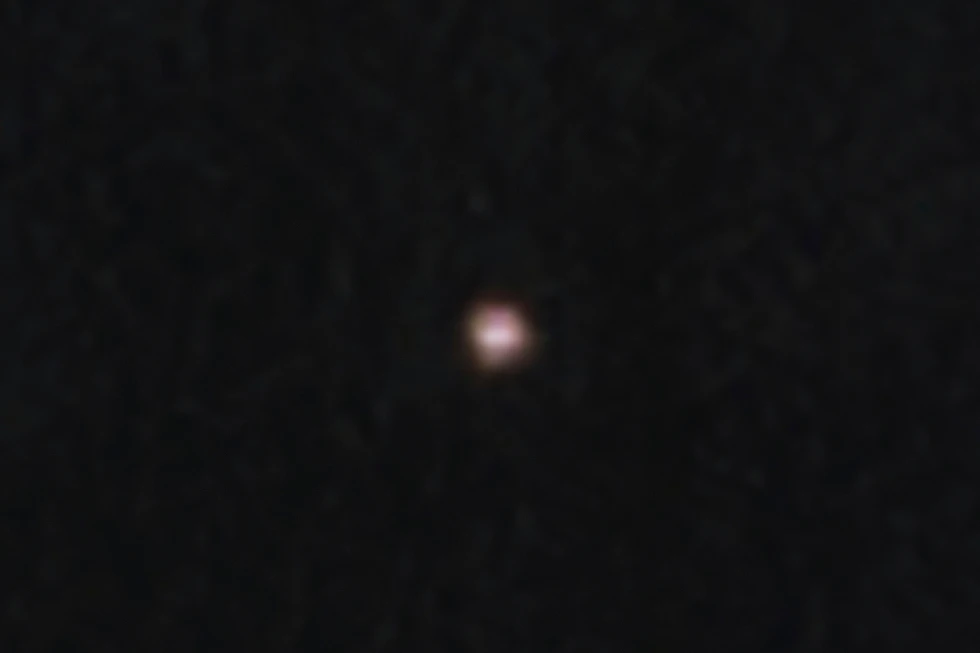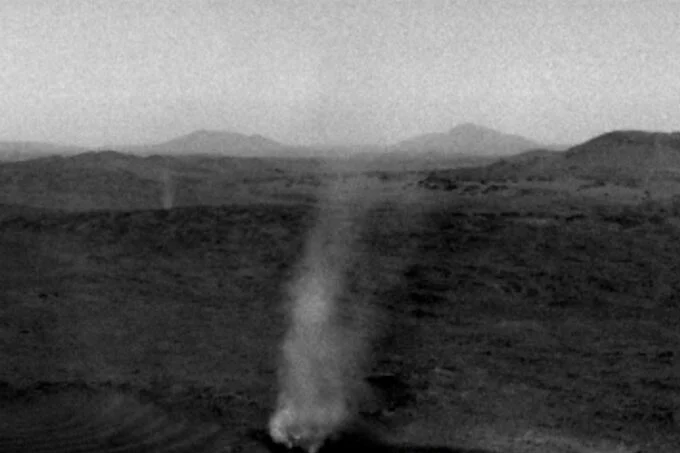NASA’s James Webb Space Telescope snapped incredible images of asteroid 2024 YR4, a space rock that caused concern early in 2024 after it was thought to have a 3% chance of colliding with Earth in 2032. The asteroid, which was recently discovered late in 2024, had already been reported as a potential threat, but after further observation, scientists have declared that the danger is virtually nonexistent.
The asteroid, which is nearly 200 feet (60 meters) in diameter — about as tall as a 15-story building — was previously of concern because its orbit brings it close to Earth every four years. But additional data have significantly reduced the chance of a collision with our planet. While the asteroid is no longer a threat to Earth, scientists note that there is a slight possibility that it could hit the moon on its return in 2032.
The images, released on Wednesday by NASA and the European Space Agency, show the asteroid as a faint, blurry dot in the powerful view of the telescope. It is the smallest target ever observed by Webb, the most advanced and powerful space telescope ever built. Webb’s observation is invaluable training to study asteroids and other bodies that might endanger Earth in the future.
Johns Hopkins University astronomer Andrew Rivkin, who helped analyze the data, stated the observations are significant to know more about the makeup of space rocks such as 2024 YR4. It is significant to prepare scientists for tracking and knowing about other potentially dangerous objects that could one day pose a threat to Earth.
In addition to observations made by the Webb telescope, ground telescopes have been tracking 2024 YR4 in recent months. Based on these inputs combined, scientists now understand better the path of the asteroid and the probability of future impact with Earth and, more generally, other bodies like the moon.
This fresh observation is a reminder of the importance of monitoring space objects, with Webb’s abilities being a significant step up in our ability to identify and monitor potentially threatening asteroids.




